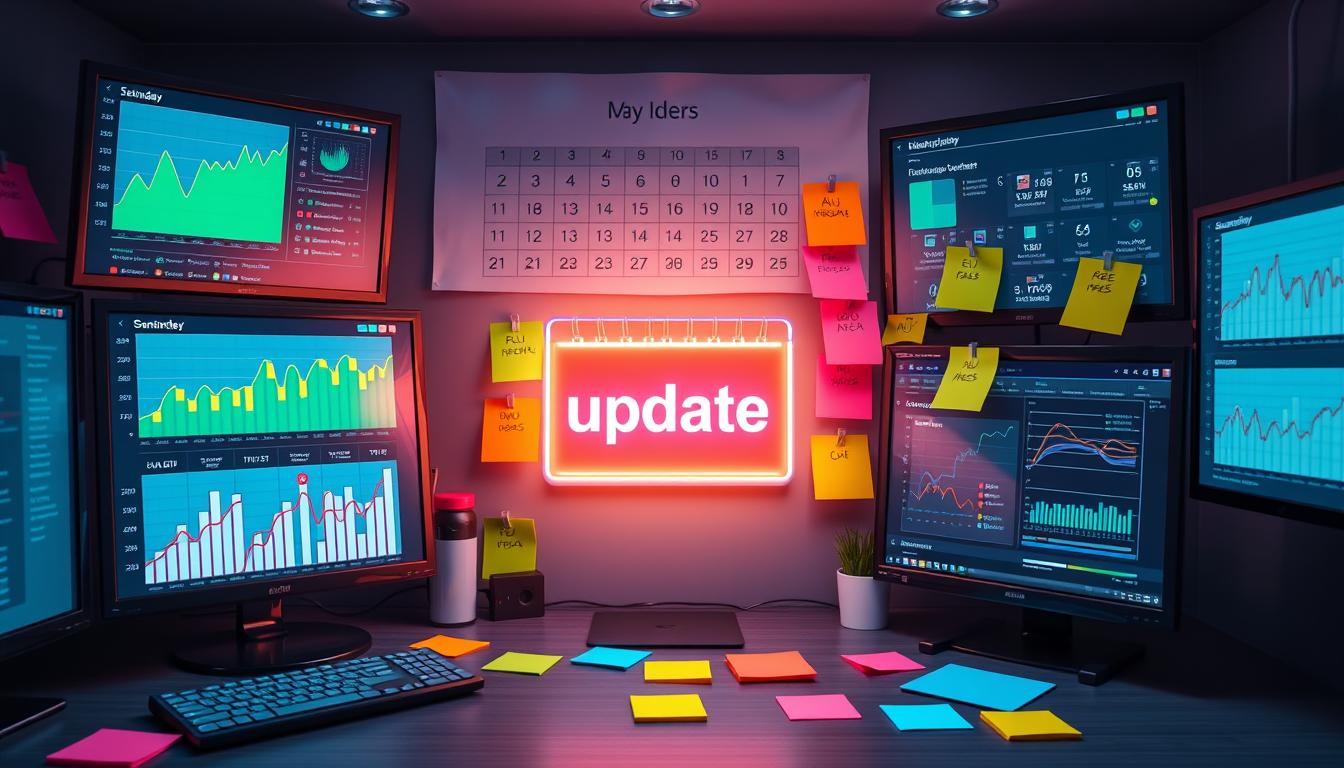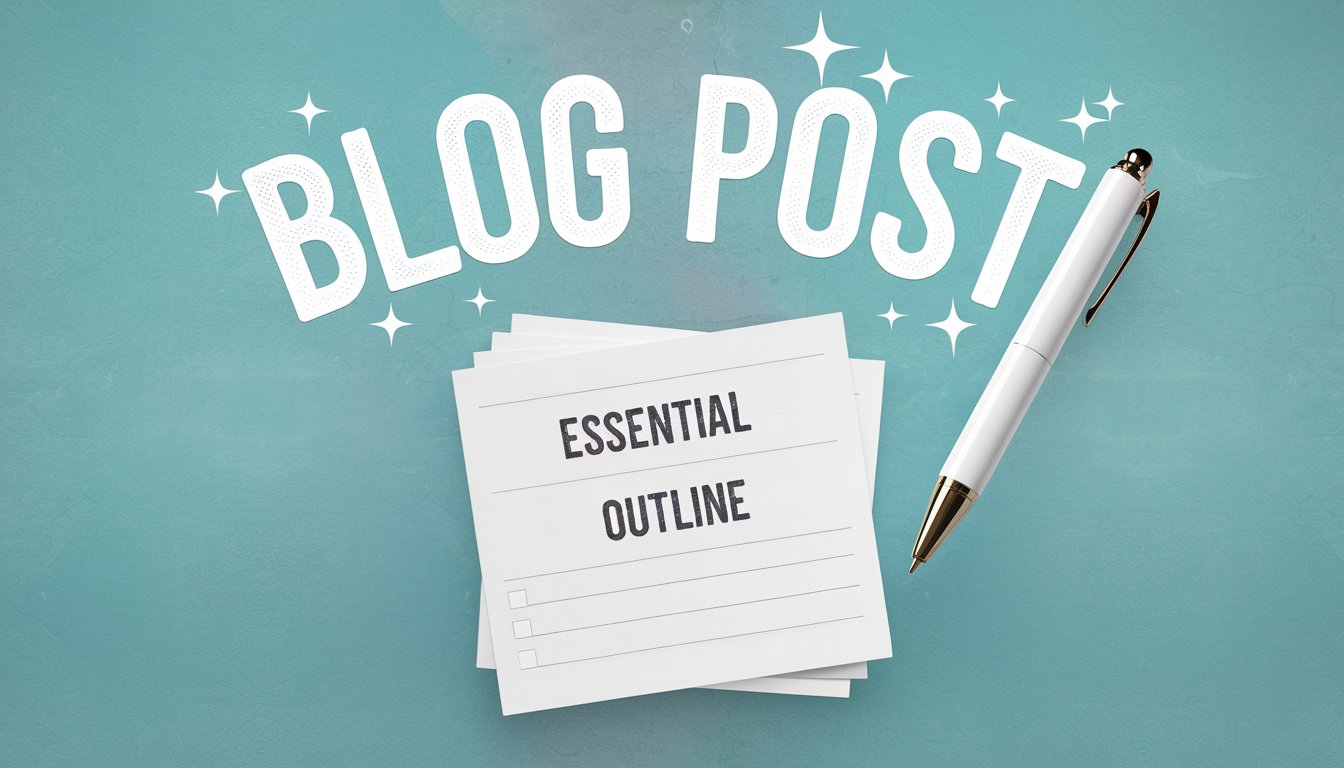The Importance of Regularly Updating Content
Maintaining fresh and relevant content is crucial for engaging audiences and enhancing search engine visibility. Regularly updating content not only ensures that information remains accurate and timely but also helps build trust with users and encourages repeat visits.
By refreshing old posts and incorporating new insights, businesses can improve their online presence and boost SEO rankings. This approach ultimately drives more traffic and conversions.
This practice is essential for staying competitive and relevant in an ever-evolving online environment. To explore the best strategies for effective content updates, continue reading the full article!

The Impact of Fresh Content on Brand Perception
Regularly updating content is vital for shaping a positive brand image. Users often make quick decisions about whether to stay on a site, sometimes in just 50 milliseconds. Keeping information fresh ensures my site remains informative and engaging, which is crucial for retaining visitors.
By analyzing metrics like bounce rates through Google Analytics, I prioritize updates to underperforming pages. This approach not only enhances the user experience but also improves search rankings.
Consistently refreshing content builds trust, demonstrating that my brand is authoritative and reliable. Aligning these updates with optimization strategies enhances the overall site quality, reinforcing the idea that fresh content is essential for long-term success.
Revitalizing Your Online Presence: A Roadmap to Effective Content Updating
Refreshing your website can transform how people perceive your brand, influencing both user engagement and SEO rankings.
Starting with a content audit and a calendar helps identify what needs updating for maximum impact. Using powerful tools, I analyze your content’s performance to pinpoint what isn’t working and why, ensuring updates align with your goals.
For instance, I might enhance mobile-friendliness or incorporate interactive features like AR and VR to boost engagement. Plan each update with specific goals, such as increasing traffic by 20% within six months while staying within budget and on-brand.
I also consider trends, like minimalism or bold color schemes, to improve design and user experience. A consistent content calendar keeps your site growing and strengthens SEO. Meanwhile, I promptly address technical issues to ensure smooth operation.
The Strategic Role of Content Audits in Updating Website Content Regularly
A content audit checks your website’s content. It looks at things like accuracy and how well it works. It finds old or broken content and pages that need a new look.
By doing content audits, your website stays useful and meets user needs. These audits should happen every year or two. They help you keep up with new trends and user changes.
It’s not just about text. You should also update images and videos. This makes your website more engaging and complete.
Regular content audits make your website better and more responsive. They keep your site competitive and meet digital demands. Good audits improve your SEO and make your brand more trusted online.
Enhancing User Experience With a Strategic Content Calendar
Using a content calendar means every update is on time. It matches trends and what your audience likes. This keeps your site’s SEO strong.
Adding content syndication to your plan makes your content last longer. It reaches more people. This brings in new visitors and boosts engagement.
With a content calendar and syndication, your message stays clear. This strengthens your brand’s voice and authority.
Regular updates to your site are important. They add new content and make it easier to find. This helps both users and search engines.
Adding internal links makes your site easier to navigate. This keeps visitors on your site longer. It also helps with conversions.
For digital marketers, the goal is to keep viewers engaged. An updated content calendar helps with this. It keeps your strategies sharp and ready for market changes.
By managing your content calendar well, your site gets more traffic. But it also gets better user engagement.
Content Repurposing and Syndication as Part of Your Fresh Content Strategy
Repurposing content boosts marketing success by 42%. It’s great for scaling content quickly across platforms. For example, a blog post can become a video, podcast, or social media post. Each format reaches different people and helps SEO by creating backlinks.
Content syndication also boosts content reach. It’s like sharing a top whitepaper on industry sites. This makes my site more visible and authoritative as other sites link back to mine.
Repurposing and syndicating content fits well with how people learn and watch. For example, 30% of people learn by listening, so turning text into podcasts works well. Also, making text into videos taps into the huge demand for visual content.
But, it needs careful planning. I pick evergreen content that draws readers and use tools to see what works. This helps decide what to repurpose or syndicate.
In short, using repurposing and syndication saves time and boosts ROI. It lets me create new content while using what I already have. This way, I always meet the needs of my audience.
Why Design Matters: The Intersection of Aesthetics and User Experience
Web design goes beyond aesthetics; it’s fundamentally about usability and user experience. A big fact shows that 88% of people won’t come back if a site looks bad or is hard to use.
When updating content, it’s important to align it with effective design. Using new design trends like simple styles and bright colors can make a site look fresh. This makes the site more appealing and meets what users want, helping with sales.
Search engines favor websites that work well on phones. This means sites that are easy to use on any device are more likely to appear first. Keeping up with tech helps a brand stay ahead and meet user needs.
Using tools like Google PageSpeed Insights can help make a site faster. This keeps users interested and helps them stay longer. Regular updates and listening to what users say make a site memorable and engaging.

Optimizing Technical Performance in Content Updates
When we update websites, we focus on making them better and safer. We check for bugs and broken links often. This keeps the site working well and makes sure visitors have a good time.
Keeping plugins and software up to date is key to keeping a site safe. It stops bad guys from getting in. These updates help everything run smoothly, so visitors can enjoy new content easily.
We also make sure all content loads fast. This makes visitors happy and helps search engines find your site. Using the right tags and markup helps more people see your content.
By combining good content with technical know-how, we create a great website. It keeps visitors coming back and meets search engine standards.
The Importance of Testing and Feedback in Content Updates
Launching updates without testing is like setting sail without first checking for leaks. Testing and gathering feedback are essential steps before sharing new content.
Testing interactive elements, like forms and buttons, ensures they function correctly and improves user experience. Feedback tools, such as Google Analytics, provide insights into content performance post-update, guiding further adjustments.
Using feedback strategically is crucial. You can adjust or remove underperforming updates, while you can further optimize successful content to maintain its popularity.
This careful approach to testing and feedback strengthens content, keeping it relevant, engaging, and effective for users and search engines alike.

Maintaining Evergreen Content Within Your SEO Content Updates
Evergreen content is key in my content strategy. It’s like how-to guides, detailed tutorials, or FAQs that last forever. They keep giving value to visitors, old and new.
Updating my content keeps it fresh and interesting. It’s not just about changing a few words. I make sure everything is up-to-date and useful. For example, I update tutorials with the latest software or change how-to guides to match new standards.
Keeping my evergreen content up-to-date is very important. It helps my site rank better in searches and keeps users interested. Even small changes can make a big difference, such as updating images or checking links.
After updating, I see big changes. Page views, time spent on site, and impressions all go up. User shares and links to my content also increase. I’ve seen a 340% jump in click-through rates, showing the value of updates.
In short, updating my content keeps my audience happy and helps my site grow. By keeping my content fresh and relevant, I meet today’s needs and prepare for tomorrow’s trends.
Wrapping Up: Stay Relevant With Ongoing Content Refreshes
Regularly updating your content is essential for staying relevant and keeping your audience engaged. It boosts your SEO, ensures you’re providing accurate information, and helps build trust with your readers.
By making updates a regular part of your strategy, you not only keep your site fresh but also position yourself as a go-to resource in your field. In today’s fast-paced digital world, staying current really does make a difference!
Your blog’s brand is its identity, shaping how readers perceive, engage with, and remember it. Ready to delve deeper into creating a blog that not only attracts but resonates?
Discover more about refining your blog’s unique voice, aligning your visuals with your values, and establishing lasting connections with your audience. Keep exploring After Social for expert insights on all things branding, growth, and optimization — and let’s build a blog that leaves a mark.






Post Comment